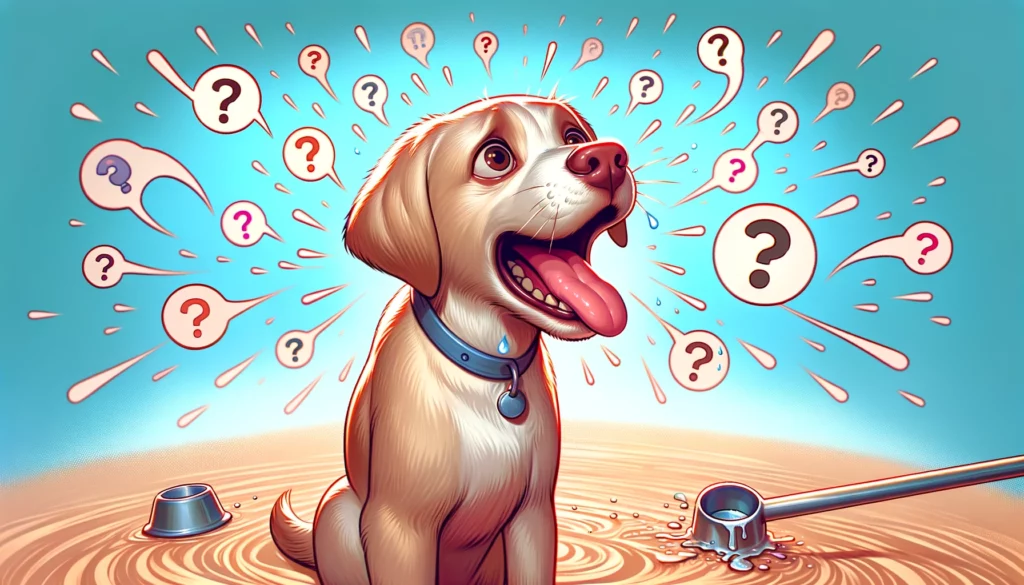In the world of canine communication, deciphering the meaning behind different behaviors can be quite a task. One such behavior that often prompts questions from pet parents is panting. So, does panting mean your dog is anxious? In short, it can, but not always.
Panting is a normal behavior for dogs and serves several purposes. Here’s a quick breakdown:
1. Thermoregulation
Unlike humans, dogs can’t sweat through their skin to cool off. They rely heavily on panting as a means of thermoregulation. Through panting, dogs evaporate moisture from their tongues, nasal passages, and the lining of their lungs, cooling themselves in the process. This is why you’ll often see dogs panting on hot days or after exercise.
2. Excitement and Anticipation
Dogs also pant when they’re excited or anticipating something enjoyable, like a walk, playtime, or a treat. In such cases, panting is generally accompanied by other signs of happiness and excitement like wagging tails, bouncy movements, and bright eyes.
3. Anxiety and Stress
If your dog is panting and it’s not hot, and there’s no immediate cause for excitement, the panting could be a sign of stress or anxiety (Check out these vet-approved calming dog treats). This panting often seems heavy and excessive and might be accompanied by other signs of anxiety like restlessness, pacing, whining, trembling, yawning, licking lips, or showing the whites of their eyes (also known as whale eye).
4. Pain or Discomfort
Sometimes, panting can be a sign of pain or physical discomfort. If the panting is unexplained (i.e., not due to heat, exercise, or obvious excitement), and it’s coupled with other symptoms such as loss of appetite, lethargy, or changes in behavior, it’s important to consult a veterinarian.
In conclusion, while panting can indeed be a sign of anxiety in dogs, it’s essential to look at the context and other accompanying signs to interpret this correctly. If your dog’s panting is accompanied by other signs of stress or seems excessive or unexplained, a visit to the vet is in order to rule out any underlying health problems or to address potential sources of anxiety. As pet parents, understanding these subtle signs of communication helps us better care for our furry friends, ensuring their physical and emotional well-being.






